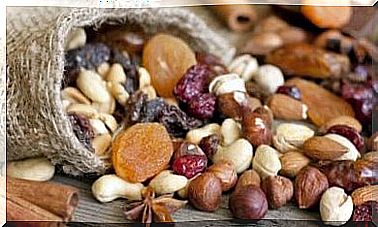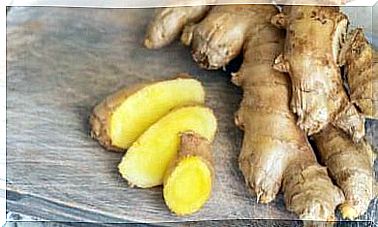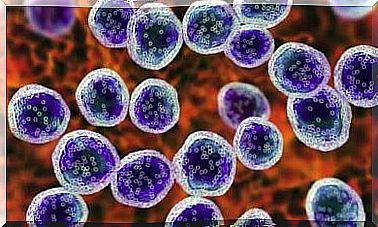Dangerous Plants Not To Keep At Home

Plants give a special touch to the house. They create a natural environment, purify the air and help revive spaces. However, there are some dangerous plants, as they can be toxic, especially to children and pets.
In general, the labels give advice on how to care for them, but do not give warnings about the damage they can cause. Therefore, those who buy them do not tend to think that plants can be dangerous.
In addition, it may happen that you come across very beautiful plants during a walk and that it occurs to you to take them home without knowing that they represent a danger. In some cases it is their beauty that is a trap that can cause various problems.
Dangerous plants that you shouldn’t keep indoors
1. The hydrangea
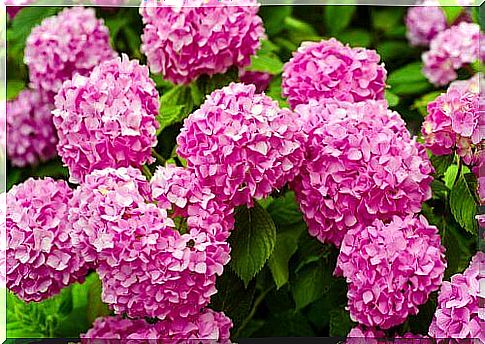
Perhaps it is one of the most popular plants for home decorating. Its bright blue or pink flowers are very showy, however they are the most dangerous part.
If we chewed the hydrangea flower, we would risk a respiratory arrest, a lowering of blood pressure and a high risk of suffering from nausea and fainting. The leaves and stem can also produce these effects, but to a lesser extent.
These symptoms are due to hydrazine, a compound belonging to the cyanide family, present in this beautiful and common plant in our homes.
2. The lilies
Lilies, also known as Lilium , are among the most loved flowers both to compose a bouquet and to put in a vase. However, those with cats in the house should avoid them.
There are several varieties of lilies and all of them have negative effects on cats. Some, in fact, irritate the digestive tract of cats and cause diarrhea and vomiting. Others damage the kidneys and can even cause death.
The studies have failed to find out what is the substance that causes poisoning in cats, but has confirmed that just two petals can be fatal.
3. Salvia divinorum
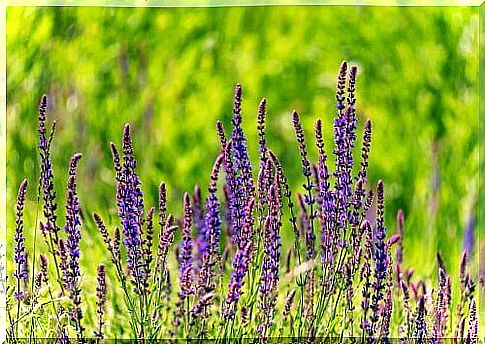
This type of sage can take many unwarys by surprise, as it is often confused with the common sage, which is edible and offers many health benefits.
The Salvia divinorum contains a compound hallucinogen similar to LSD. Although the natives of the Amazon use it for ritual purposes, its consumption can cause irreversible damage, as it creates states of altered consciousness and hallucinations that sometimes become recurrent and permanent.
When you see the “sage” label, make sure it doesn’t say divinorum .
4. Floripondio, trumpets of the Angels or bells: dangerous plants
This plant, known by different names depending on the area of the world, is a green and particularly decorative tree. Its very attractive flowers hang down like a wide skirt or a bell. As if the temptation wasn’t enough, its taste is sweet and pleasant.
However, floripodium is also a hallucinogenic plant. Its flowers cause psychotic episodes, alienation, paralysis and can be fatal. This is because it contains tropane alkaloids, substances also present in synthetic drugs and which inhibit the nervous system.
5. The Trinitarian flower
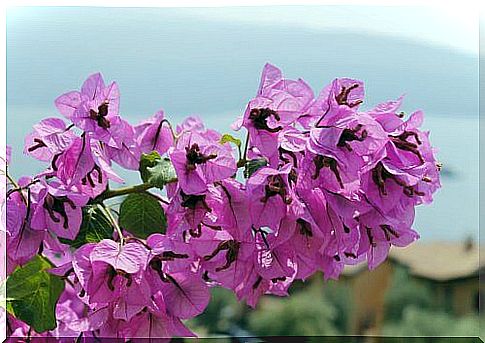
It is very common in the outdoor spaces of the house, as it climbs along the walls and gives color with its flowers.
The flowers, stem and seeds of the trinitaria contain cyanogenic and oleandrin, both toxic substances that damage the heart. If ingested intentionally or by accident, it causes arrhythmia and tachycardia in a few hours, as well as nausea, vomiting and diarrhea.
6. The oleander
Also known as “laurel in bloom”, the oleander has small and delicate flowers, which is why it is one of the favorite plants, both indoors and outdoors. However, it is a dangerous plant for people and animals.
In fact, oleander contains glycosides which, if ingested, accelerate the heartbeat, cause sweating, nausea, vomiting, diarrhea and respiratory problems.
It is dangerous in contact with the skin, as its stem contains a milky substance that can be irritating. For this reason it is recommended to use gloves when planting, racking or pruning it.
7. Dieffenbachia

This plant, also known as Amoena or, in some South American countries also as Dollar Lottery, is well known for its color and the simple care it requires both indoors and outdoors.
Contains asparagine, an irritant. It can cause skin problems for some people, and if chewed, it can inflame the throat and cause heart problems.
Dangerous plants: general warnings
These dangerous plants are decorative and easy to find, so it is always recommended to handle them with care and keep them out of the reach of children and animals.
Also, it is good to take other precautionary measures:
- Collect the fallen leaves and petals from the plant.
- Affix labels that warn of danger.
- Wash your hands after touching the plants.
- If you have animals, make sure they have a bowl with fresh water next to them to prevent them from drinking stagnant plant water.
And remember: when you buy a new plant, look for information that can help you know if it is a dangerous plant.

